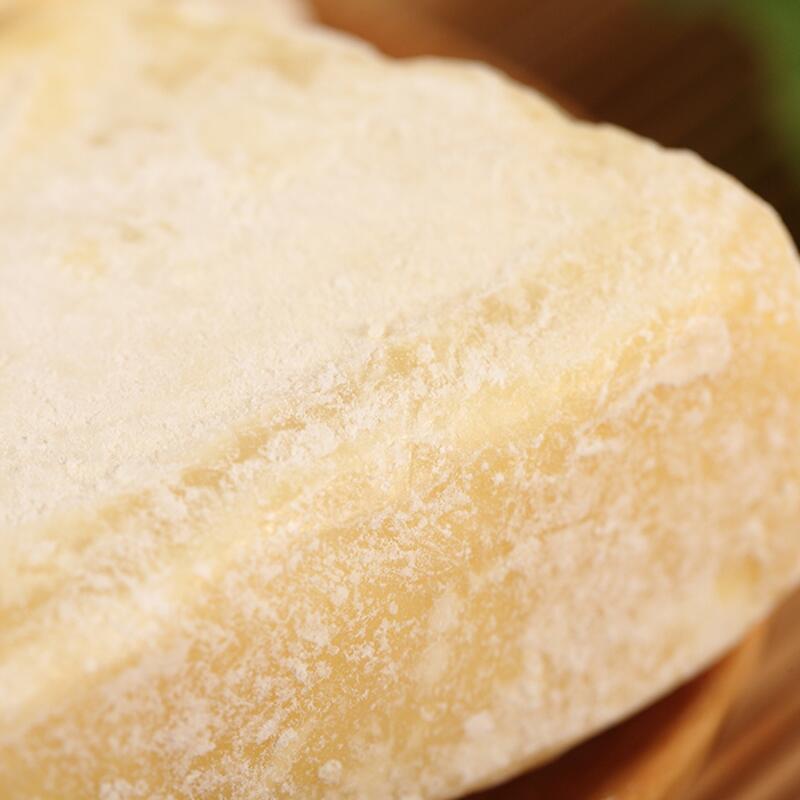-
Categories
-
Pharmaceutical Intermediates
-
Active Pharmaceutical Ingredients
-
Food Additives
- Industrial Coatings
- Agrochemicals
- Dyes and Pigments
- Surfactant
- Flavors and Fragrances
- Chemical Reagents
- Catalyst and Auxiliary
- Natural Products
- Inorganic Chemistry
-
Organic Chemistry
-
Biochemical Engineering
- Analytical Chemistry
-
Cosmetic Ingredient
- Water Treatment Chemical
-
Pharmaceutical Intermediates
Promotion
ECHEMI Mall
Wholesale
Weekly Price
Exhibition
News
-
Trade Service
we often use the term "thin as a monkey" to describe a particularly thin person. Indeed, primates such as monkeys are indeed particularly thin compared to humans. U.S. researchers have found that this may be because DNA (deoxyribonucleic acid) in human fat cells is "packed" in different ways, leading to the body's greater ability to store white fat.
The human body fat rate health standard is about 14% to 31%, while the body fat rate of wild primates is usually less than 9%, so even men with significantly eight abs are "fat" compared to monkeys.
A comparative study of fat samples from humans, chimpanzees and macaques found that differences in dna packaging inside fat cells impaired the body's ability to convert white "bad fat" into brown "good fat," according to a press release released by Duke University.
white fat is responsible for storing energy, brown fat is responsible for consuming energy to heat up, and the lower the brown fat ratio, the easier it is for people to gain weight. The study found that primate DNA has areas that promote white fat browning, which is hidden deeper in human cells, restricting fat browning.
in the nuclei of cells, DNA strands wrap around proteins and fold into complex "line clusters", or chromatin. This causes most areas of the DNA chain to be tightly wrapped, with only a small portion in a loose "open" state that binds to regulated proteins to function.
In a paper published in the British journal Genomic Biology and Evolution, researchers say that in white fat cells, about 780 chromatin regions are about as open as chimpanzees and macaques, and are significantly reduced in the human body, reducing the body's ability to brown fat.
fat browning is bad for those looking to lose weight, but in evolutionary history, the change may be significant. After being "divided" from chimpanzees, the brain capacity of human ancestors tripled in millions of years, and increased fat storage helped to meet the brain's rapidly growing energy needs, bringing survival advantages.







